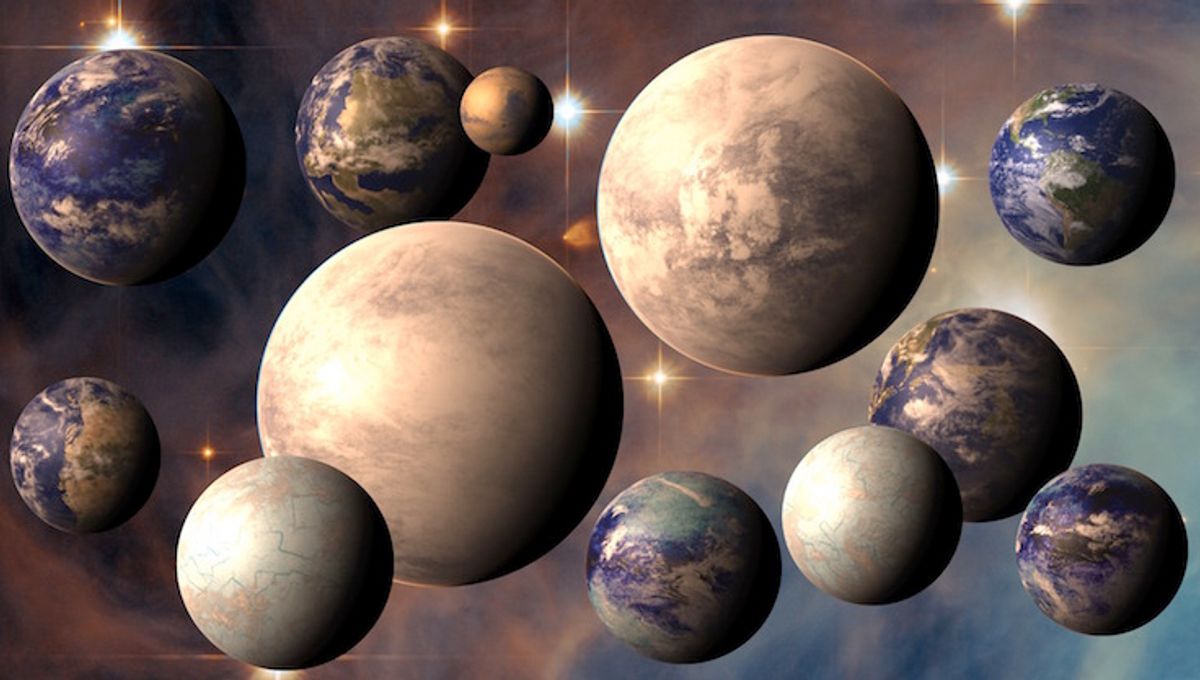
The Copernican principle is an important concept in astronomy. It states that Earth and humanity cannot have a special or privileged position in the universe. But looking at the Solar System and at the currently known star systems out there in the galaxy, we immediately spot a discrepancy: there is nothing that looks remotely close to the Solar System.
The Solar System is very neatly organized at first sight. You have a yellow Sun, four rocky planets, a belt of asteroids with a dwarf planet, two gas giants, two ice giants, and a large belt of icy objects with many dwarf planets. All of that is wrapped into a cloud of more icy objects, where long-period comets come from.
Astronomers have so far confirmed the existence of over 5,920 exoplanets located in about 4,550 planetary systems. This is certainly a lot, but the four and a half thousand stars are a drop in the ocean of the 100 billion expected to reside in our galaxy, the Milky Way. So the Copernican Principle holds, we have just not seen enough planetary systems.
More things in heaven (that don’t look like Earth)
Let’s, for the sake of argument, ignore the principle. Looking at the exoplanet discovery, we find that a lot of worlds are dramatically different from what we are used to in the Solar System. There are lava worlds and ocean worlds. The are super-Earth and sub-Neptune planets that have no counterparts. There are planets with the density of cotton candy and others getting destroyed by their stars.
But the peak weirdness is the existence of hot Jupiters – gas giant planets that, instead of staying in the outer portion of their star systems, are very close to their stars. These giant planets likely formed at the outer edges of the system and then migrated in. If there are planets there, too bad. They might have been eaten by the giant planet or kicked out of the star system.
This has not happened in the Solar System, although it is possible that Jupiter might have moved and kicked out another gas giant planet. The existence of that hypothetical planet might create the stability of the current Solar System. Other planetary systems might not have been as lucky.
The fault is not in our star systems but in ourselves
Statistically, we cannot be the only lucky so-and-sos that got a stable Solar System out of tumultuous planetary formation. The simplest reason why we can’t find a Solar System twin is that it is not easy to find using current methods and telescopes.
You can image planets directly in some cases. They are usually large planets, and they tend to be on faraway orbits, often a lot more distant than our gas giants.
Planets can be found using the transit method. That works by catching the subtle dimming of a planet passing in front of its star. Another method is the wobble method, caused by the subtle gravitational pull of planets on their host stars.
To find these planets, you need multiple observations and multiple methods, and it is simply much easier if the planets are all very close to the star so that you can get the data you need in a few months and not years.
If we assume there is an alien race that has the right line of sight to see the planets transit in front of the Sun, with good enough telescopes, they might see the rocky planets within a few years of regular observations. Jupiter goes around the Sun every 11.86 years, so if you need three observations to confirm its existence, you would need to study it for over 35 years. It would take almost a century to confirm Saturn like that.
There is an observational bias in how we approach exoplanet discoveries and observations. But this doesn’t mean we would need centuries to find another Solar System like ours. New models and analyses, applied to better observations, could extract more information from stellar wobbles or direct imaging.
There has been an increase in the number of Earth-sized planets discovered as technology has improved. Maybe finding a system that is a bit more like the Solar System is not too far away.
Source Link: Why We Still Can't Find A Solar System Twin